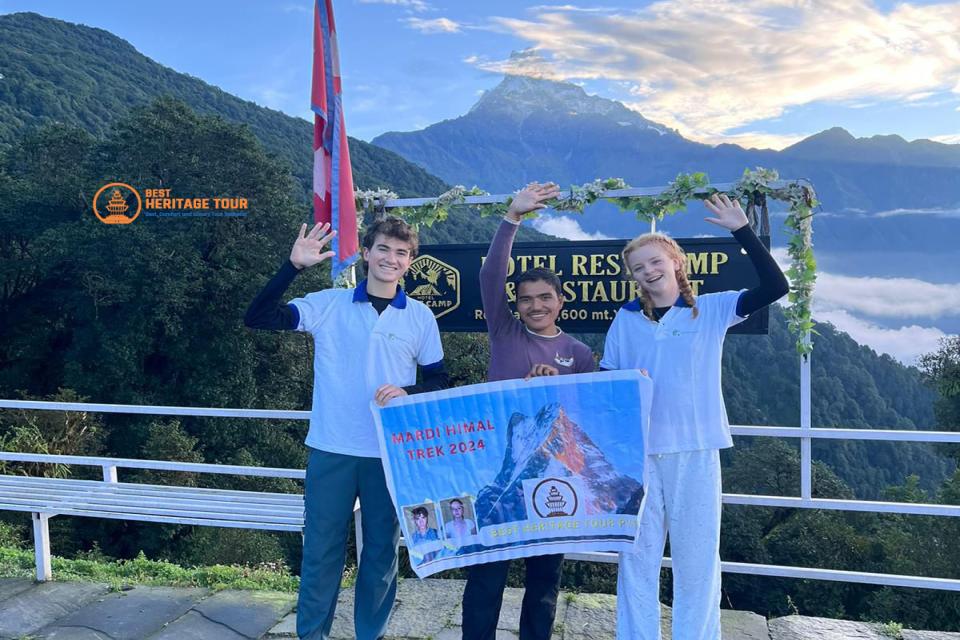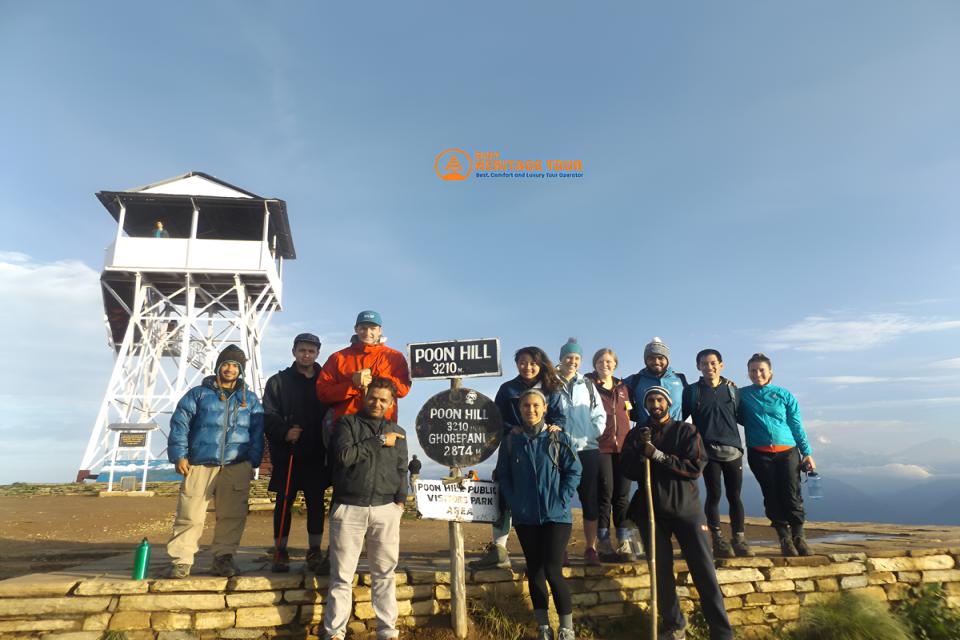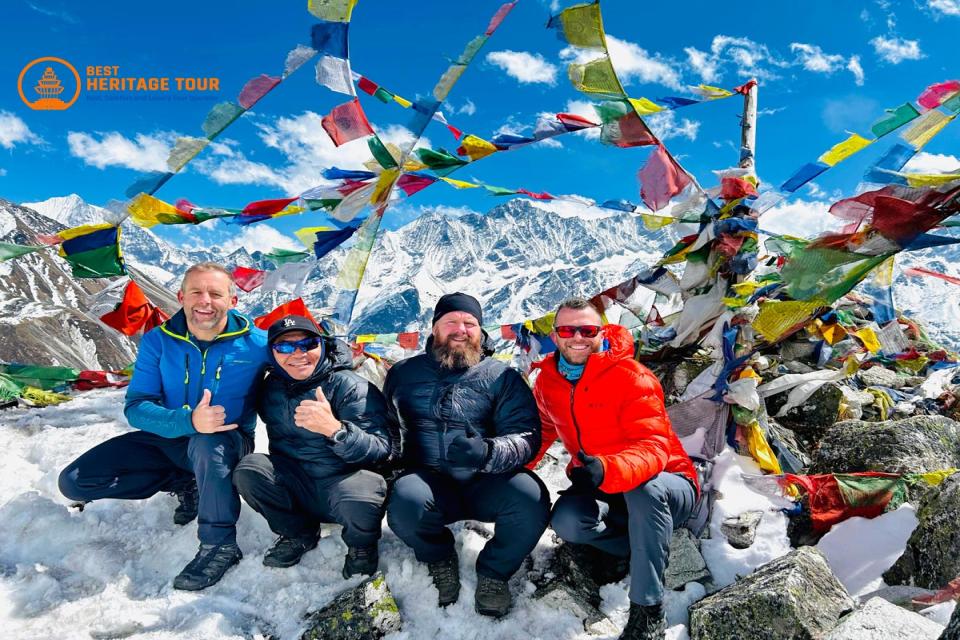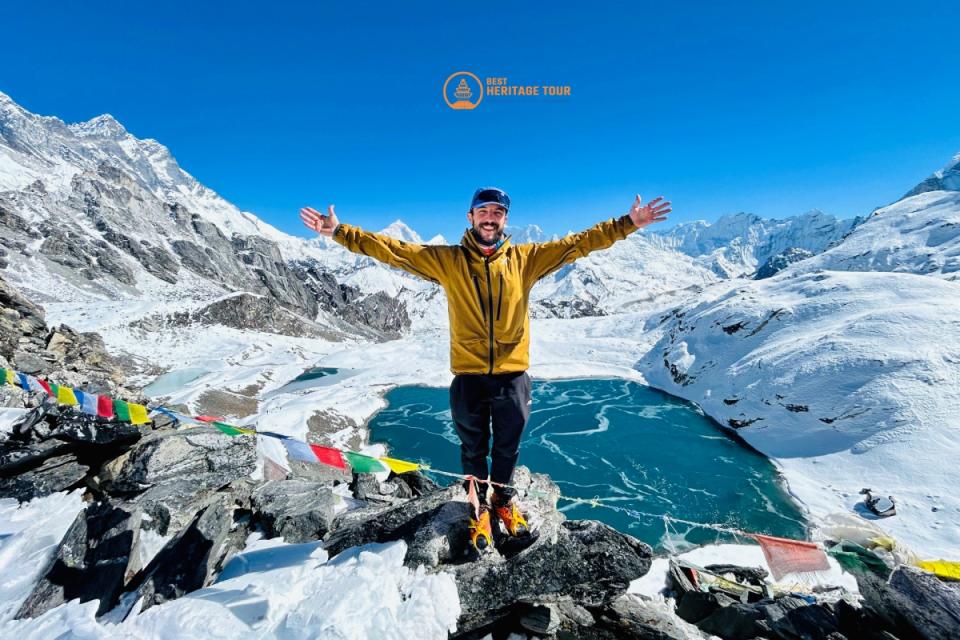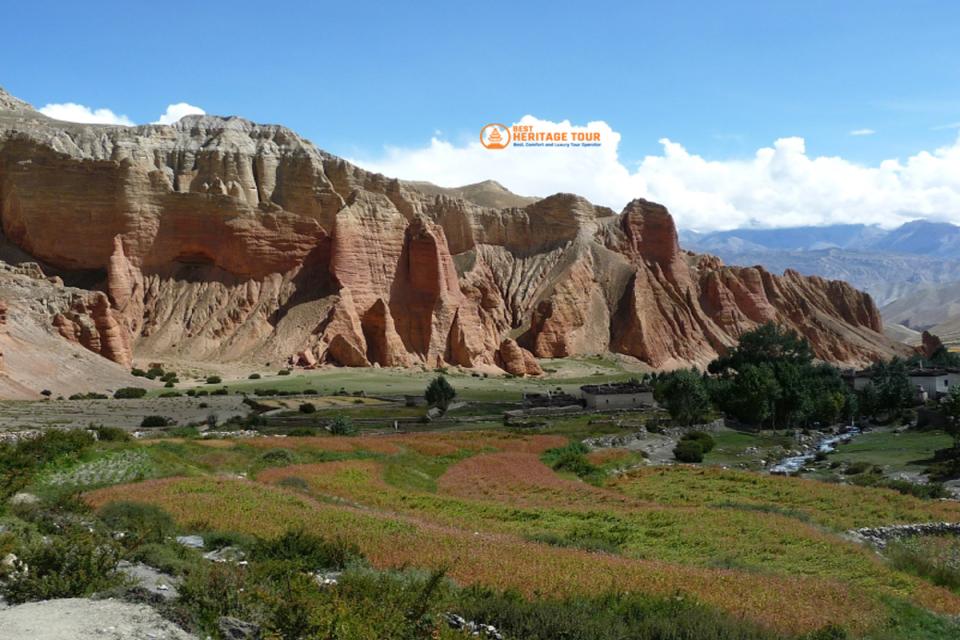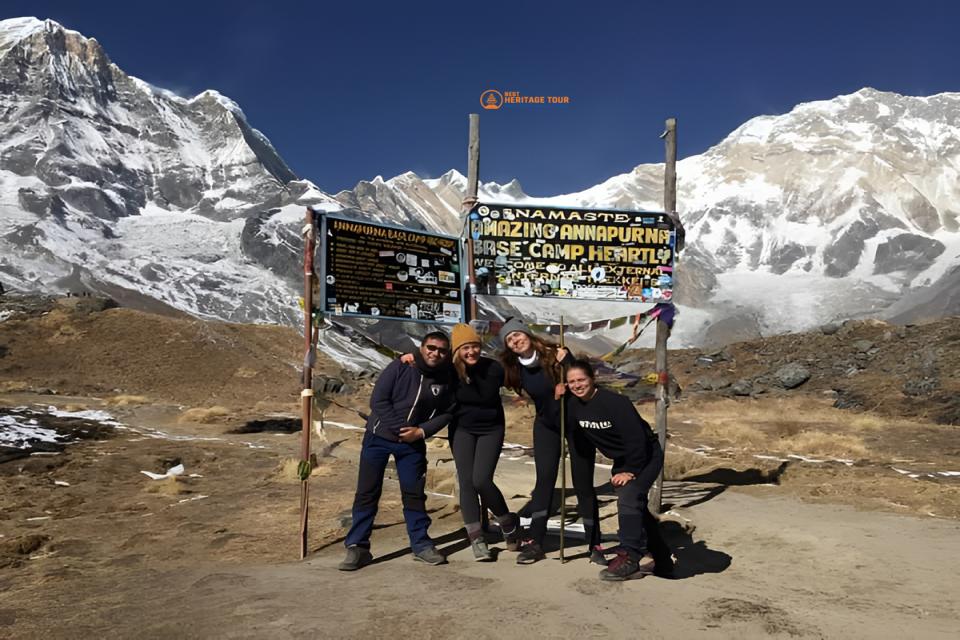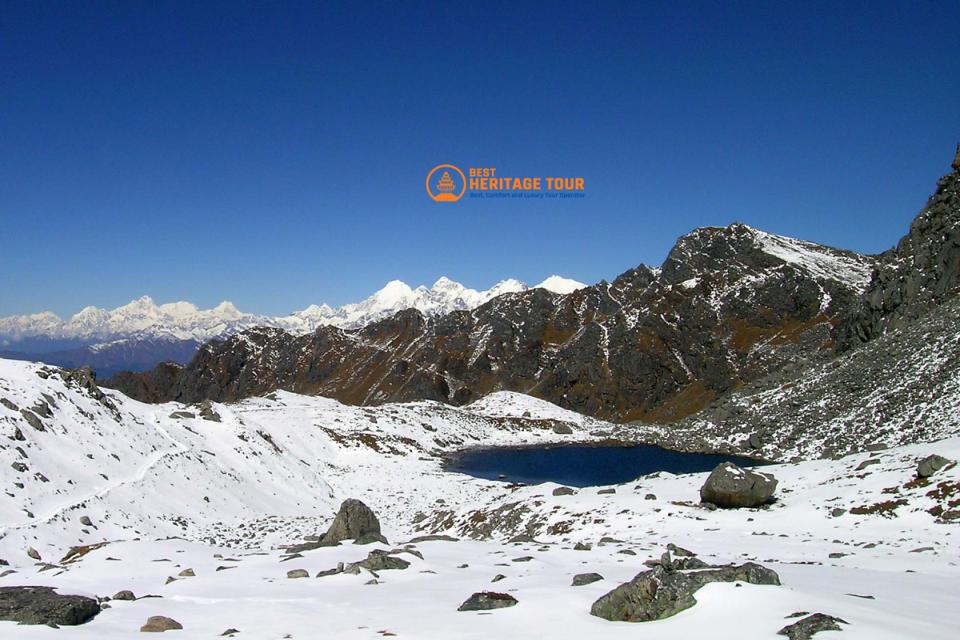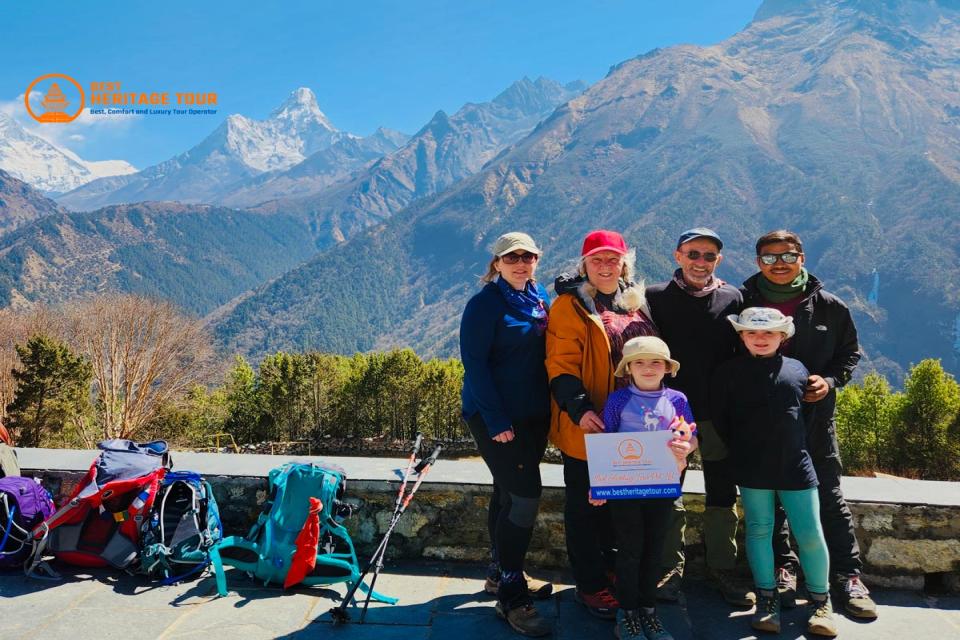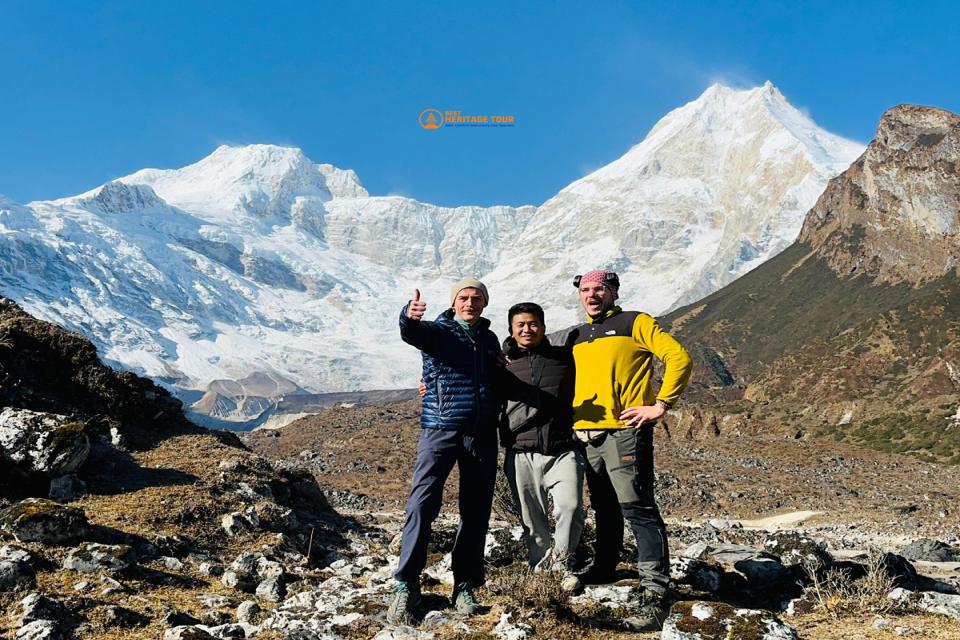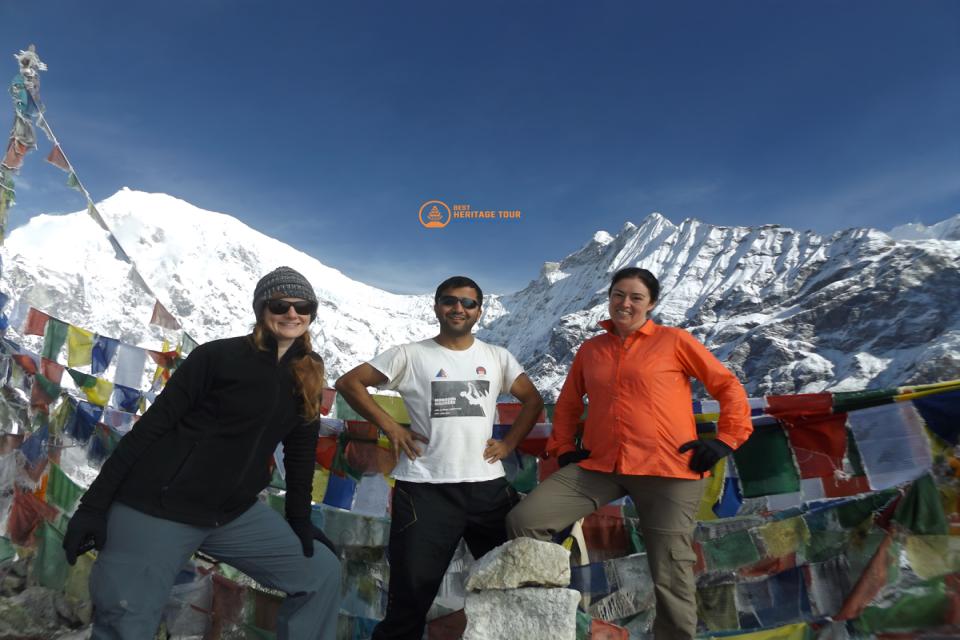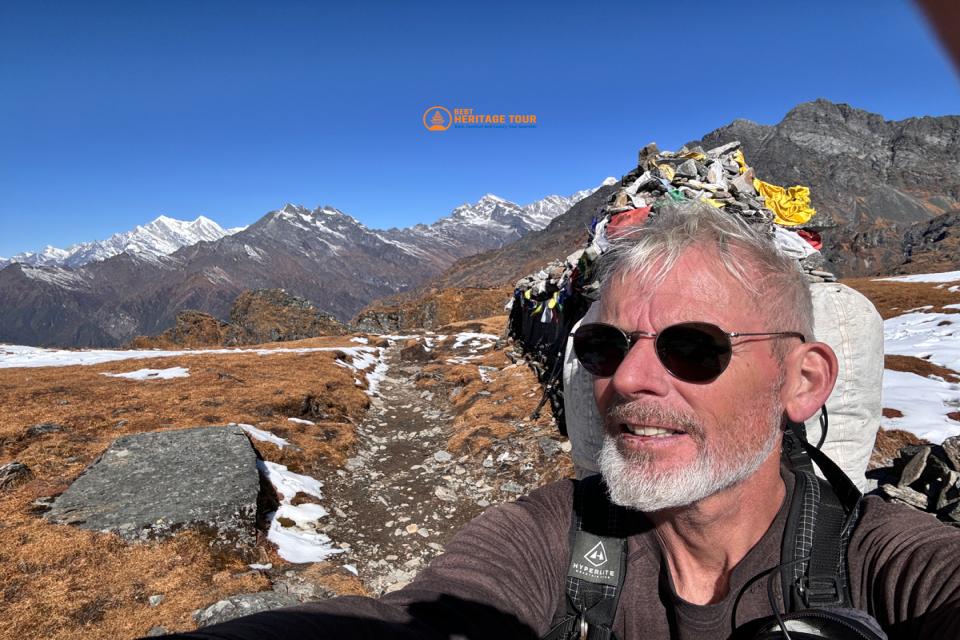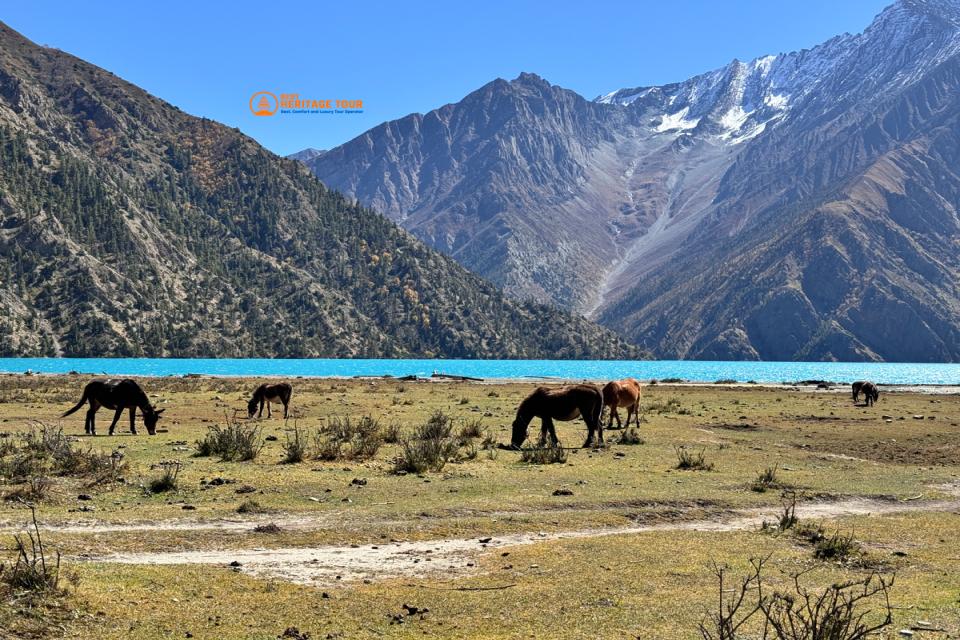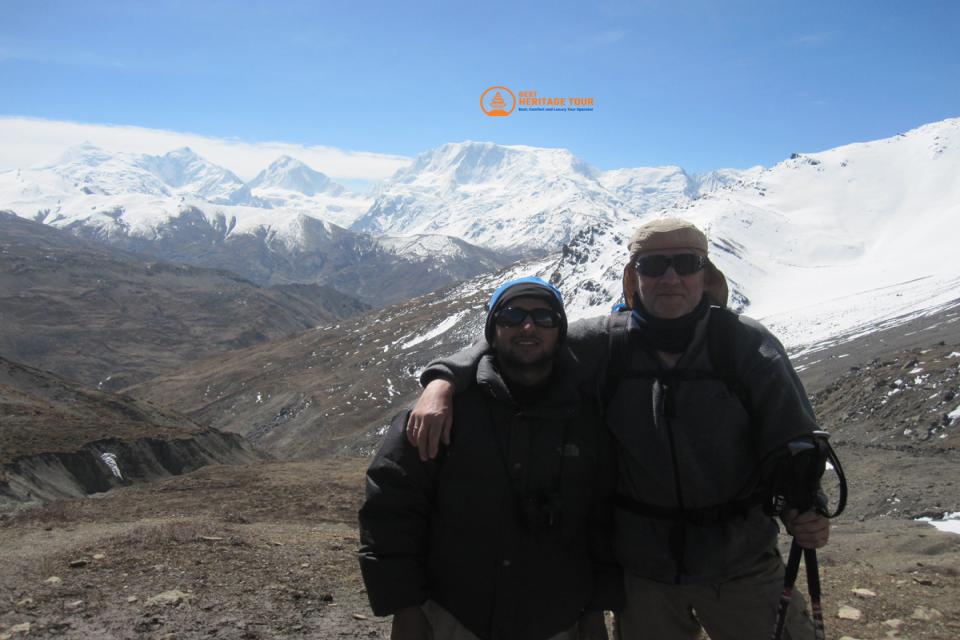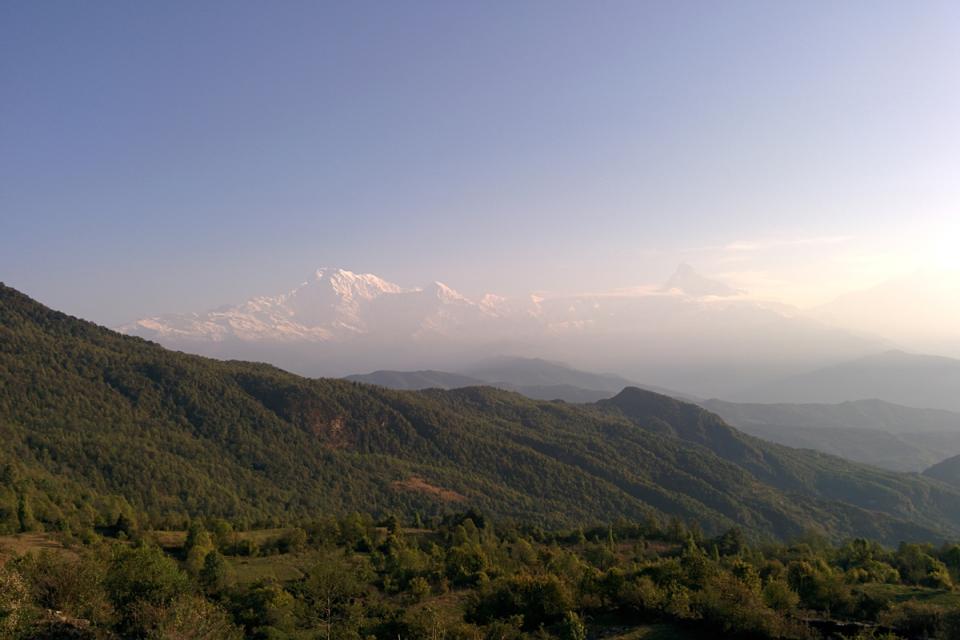Unique Cultural Experiences in Different Trekking Routes of Nepal
Trekking in Nepal isn’t just a journey through breathtaking landscapes, it’s a passage through a vibrant mosaic of living cultures. This small Himalayan nation is a treasure trove of diverse ethnic groups, languages, and traditions shaped by centuries of history, migration, and spiritual practice. When you step onto Nepal’s trekking trails, you don’t just explore nature; you encounter deeply rooted cultural identities that color every valley, village, and monastery.
Cultural Diversity in Nepal: A Living Tapestry of Traditions
Nepal is home to over 125 ethnic groups and more than 120 languages and dialects spoken across its varied terrains. This extraordinary diversity is a product of Nepal’s unique geography- a landlocked country nestled between the Tibetan Plateau and the Indian plains and its historical position as a crossroads for traders, pilgrims, and explorers.
The cultural identities in Nepal are as varied as its landscapes: from the high-altitude Buddhist monasteries of the north to the Hindu temples of the lowlands, from the shamanic rituals of the hills to the vibrant festivals celebrated year-round. This cultural richness manifests in distinct architecture, traditional clothing, languages, cuisine, music, and spiritual practices.
Key aspects of Nepal’s cultural uniqueness include:
-
Religious Pluralism: Nepal is a harmonious blend of Hinduism, Buddhism, Bon (Tibetan shamanism), and animist traditions.
-
Festivals: Countless festivals such as Dashain, Tihar, Mani Rimdu, and Sonam Lhosar bring communities together with rituals, dances, and feasts.
-
Living Traditions: Handicrafts, weaving, oral storytelling, and community rituals thrive in villages.
-
Warm Hospitality: Rooted in the philosophy of Atithi Devo Bhava- “the guest is god”, travelers are welcomed with open arms.
As you traverse Nepal’s trekking routes, each region offers a unique cultural experience shaped by its inhabitants' history, environment, and beliefs. Let’s dive into the distinct cultures found on the country’s most iconic trekking trails.
1. Everest Region: The Sherpa Culture of Khumbu
The Everest region, known locally as Khumbu, is the iconic gateway to the world’s tallest mountain and the proud homeland of the Sherpa people. The Sherpas are not only famous for their mountaineering prowess but also for their deeply rooted spiritual, social, and cultural life that thrives in one of the harshest environments on Earth.
Spirituality and Religion
Sherpa culture is predominantly shaped by Tibetan Buddhism, infused with ancient animist beliefs. Their worldview embraces the concept of nature spirits or “lu” and mountain deities known as “yul-lha,” who protect the land and its people. The reverence for these spirits governs many Sherpa rituals, including those performed before expeditions or farming seasons. The Tengboche Monastery, situated at 3,867 meters, serves as a spiritual hub for the Sherpa community. Here, monks perform sacred ceremonies involving prayer flags, butter lamps, and rhythmic chanting, which create a mystical ambiance for both locals and visitors.
Festivals and Community Life
One of the most significant cultural celebrations is Mani Rimdu, a festival held annually at monasteries such as Tengboche and Thame. It features sacred masked dances performed by monks symbolizing the victory of good over evil, teaching moral lessons, and invoking blessings for the community’s prosperity. The festival also draws many Sherpas and tourists alike, offering a rare window into the spiritual traditions of the region.
Sherpa society is tightly knit, with communal cooperation essential for survival. Families work together in agricultural terraces, growing barley, potatoes, and vegetables during the short growing season. Yak herding is vital; yaks provide milk, meat, wool, and serve as pack animals. Sherpa women are renowned for their weaving skills, creating intricate woolen textiles used for clothing and household goods.
Language and Identity
The Sherpa language, belonging to the Tibeto-Burman family, is integral to their cultural identity. Though many Sherpas now speak Nepali or English due to tourism, traditional language and folklore remain central to preserving their heritage. Oral storytelling, songs, and proverbs are passed down through generations, ensuring the community’s values and history endure.
Hospitality and Cuisine
Visitors are often welcomed into Sherpa homes with butter tea (po cha), a distinctive salty drink made from tea, yak butter, salt, and water. Traditional Sherpa meals include tsampa (roasted barley flour), momo (dumplings), and hearty soups, reflecting the high-altitude diet rich in calories and nutrients. Sherpa hospitality is heartfelt, emphasizing respect for guests and an openness that enriches cultural exchange.
2. Langtang Region: The Tamang Heritage and Tibetan Influences
The Langtang region is a verdant valley north of Kathmandu, home to the Tamang people, one of Nepal’s largest ethnic groups. With roots tracing back to Tibetan migrants centuries ago, Tamang culture is a vibrant blend of Tibetan Buddhism, shamanistic practices, and unique artistic traditions.
Architecture and Village Life
Tamang villages are characterized by distinctive stone and timber houses with intricately carved windows and wooden balconies. These homes are built to withstand cold winters and heavy snowfall, often surrounded by prayer wheels and mani stones inscribed with Buddhist mantras. The communal layout of villages reflects strong social cohesion, where extended families live close, sharing resources and responsibilities.
Spirituality: Buddhism and Shamanism
While predominantly followers of Tibetan Buddhism, many Tamangs also practice shamanism, with shamans known as “Jhankris” serving as spiritual healers and mediators between the physical and spirit worlds. These shamans perform rituals to cure illnesses, protect the community, and ensure good harvests. The intertwining of Buddhist philosophy with animistic beliefs creates a unique spiritual identity.
The Langtang Gompa (monastery) is a focal point for religious activities. Monks and villagers engage in daily prayers, rituals, and festivals that strengthen their cultural identity and spiritual well-being.
Festivals and Music
The Sonam Lhosar (Tamang New Year) is a major festival marked by vibrant dances, singing, and feasts. Traditional instruments like the damphu (a frame drum) accompany folk songs that recount historical tales, heroic deeds, and moral lessons. Music and dance are integral to Tamang life, serving as both entertainment and a means to pass down cultural memory.
Handicrafts and Textiles
Tamang women are skilled weavers, producing colorful textiles woven with geometric and symbolic motifs. These fabrics are used for clothing and ceremonial purposes, preserving ancient artistic traditions. The craftwork also supports local economies, linking culture with livelihood.
Resilience and Revival
The 2015 earthquake severely affected the Langtang valley, destroying homes and disrupting lives. However, the Tamang people’s resilient spirit has led to community-driven rebuilding efforts that honor traditional architecture and cultural practices, ensuring continuity amid change.
3. Annapurna Region: Gurung and Magar Cultural Immersion
The Annapurna region showcases a fascinating cultural diversity, predominantly inhabited by the Gurung and Magar communities. Both groups have long histories as warriors, farmers, and custodians of Himalayan traditions, combining Hindu and Buddhist influences in their social and religious practices.
Gurung Culture
The Gurungs are renowned for their service as Gurkha soldiers- an identity that has shaped their pride, discipline, and international reputation. Beyond this, Gurung villages are cultural treasure troves showcasing traditional stone houses, colorful prayer flags, and community centers.
Gurung society is organized around extended families living in joint households. The Rodhi Ghar is a unique social institution an open communal house where young men and women gather in the evenings to sing, dance, and socialize, playing a crucial role in matchmaking and cultural continuity.
Religious Beliefs
Gurungs traditionally practiced shamanism, worshipping ancestral spirits and nature deities. However, over time, many have incorporated Buddhism and Hinduism, blending rituals and festivals. Dashain and Tihar are celebrated with local variations, while Gurung-specific festivals like Losar (Tibetan New Year) involve masked dances and ceremonies to honor deities and ancestors.
Magar Traditions
The Magars are one of Nepal’s largest ethnic groups, known for their bravery and cultural distinctiveness. They speak languages of the Sino-Tibetan family and maintain unique rituals associated with agriculture and seasonal changes. Magar villages feature traditional mud and stone houses with decorated doorways.
Magar festivals like Maghe Sankranti celebrate the winter solstice with feasts and rituals to thank nature for a bountiful harvest. Music and dance are central, with the Maruni dance performed during festivals, characterized by rhythmic clapping and synchronized movements.
Cuisine and Lifestyle
Both Gurung and Magar diets revolve around staple crops like millet, maize, and potatoes. Meat dishes, dairy products, and locally brewed alcohol are integral to celebrations. Farming remains the primary occupation, with terraced fields covering the hillsides.
Cultural Legacy
The Annapurna region’s cultural richness is enhanced by the interplay of different ethnic groups, each preserving their language, crafts, and stories. The legacy of the Gurkha warrior ethos and communal lifestyles imbues the region with a spirit of pride and unity.
4. Manaslu Region: Nubri Tibetan Buddhist Culture
The Manaslu trekking route offers an immersive experience into the Nubri culture, a remote Tibetan Buddhist community that has maintained its ancient customs with remarkable purity.
Monasteries and Spiritual Life
Monastic life is central to Nubri society. Monasteries like Lho and Samagaun are not only places of worship but also centers of learning and social gathering. Monks perform daily rituals involving elaborate mandalas, prayer wheels, and sacred texts. The religious calendar is filled with ceremonies that align with lunar phases and agricultural cycles.
Traditional Dress and Social Structure
Nubrians wear colorful Tibetan-style robes, adorned with silver and turquoise jewelry symbolizing status and protection. Women typically wear layered clothing made from wool and yak hair to endure the cold climate. The society is patriarchal but communal, with large families living together and sharing labor.
Livelihood and Sustainability
Yak herding dominates the economy, alongside barley and buckwheat farming. The high-altitude environment demands sustainable practices passed down over generations. The Nubri people also trade salt and wool, linking them with Tibetan markets across the border.
Festivals and Rituals
Nubrians celebrate Losar, the Tibetan New Year, with great enthusiasm. Masked dances known as Cham are performed by monks wearing vibrant costumes, symbolizing the spiritual battle between good and evil. These performances are accompanied by long horns, cymbals, and drums, creating a mesmerizing atmosphere.
Cultural Preservation
Due to its remoteness, the Nubri culture has been less influenced by modernization, preserving its language, rituals, and monastic traditions with authenticity. Visitors often feel they are stepping back in time to a world where spirituality permeates every aspect of life.
5. Upper Mustang (The Last Forbidden Kingdom): Tibetan Vajrayana Buddhism
Upper Mustang, once an isolated kingdom and a forbidden area for outsiders until recently, is a cultural gem preserving Tibetan Buddhist traditions, architecture, and art that have remained largely unchanged for centuries.
Historical Context and Architecture
Lo Manthang, the walled capital, is a medieval city with fortified walls, ancient palaces, and centuries-old monasteries. The city's narrow cobblestone streets are lined with houses made of mud bricks and stone, many adorned with faded murals depicting Buddhist deities and historical scenes.
Spiritual and Ritual Life
Upper Mustang is known for its strict adherence to Tibetan Vajrayana Buddhism. Monks in the region are custodians of sacred knowledge, performing rituals to protect the kingdom and its people. The Tiji Festival- a three-day event is a highlight, featuring ritual dances, exorcisms, and prayers for peace and prosperity.
The presence of sky caves carved into cliffs above the Kali Gandaki River points to a tradition of solitary meditation practiced by ascetics seeking enlightenment.
Artistic Heritage
Upper Mustang is famous for its Thangka paintings intricate, colorful depictions of Buddhist deities and mandalas painted on cloth. These artworks are not merely decorative but serve as meditation aids and spiritual tools.
The region's music, involving long horns, drums, and cymbals, accompanies ceremonies and festivals, echoing through the stark desert landscape.
Lifestyle and Social Customs
The people of Upper Mustang speak Lopa, a Tibetan dialect, and continue traditional farming and herding in harsh, arid conditions. Their diet includes barley, buckwheat, and yak products. Social customs are deeply influenced by religious teachings, with respect for elders and monks integral to daily life.
6. Dolpo Region: Ancient Bon and Tibetan Traditions
Dolpo, situated in northwestern Nepal, is a remote and mystical region where the ancient Bon religion coexists with Tibetan Buddhism, offering a glimpse into a spiritual world rarely seen elsewhere.
Bon Religion and Rituals
Bon is a pre-Buddhist spiritual tradition that reveres nature spirits, ancestral gods, and elements such as mountains and rivers. In Dolpo, Bon monasteries hold unique ceremonies involving fire rituals, trance dances, and offerings to appease local spirits. These practices focus on maintaining harmony between humans and nature.
Nomadic Culture and Economy
Many Dolpo inhabitants are semi-nomadic pastoralists, migrating seasonally with their yaks and sheep to find pasturelands. This lifestyle requires a deep understanding of the fragile mountain ecosystem and a strong community ethic.
Architecture and Sacred Sites
Dolpo’s villages are dotted with chortens (stupas) and mani walls- stone walls inscribed with mantras which are more elaborate here than in other regions, symbolizing the community’s spiritual devotion. Homes are simple, built from stone and timber, reflecting the austere environment.
Clothing and Artifacts
Traditional attire includes heavy robes, often dyed in bright colors and accessorized with turquoise and coral jewelry believed to bring protection and good fortune. Handmade objects, such as prayer wheels and ritual implements, are crafted with care and spiritual intent.
Cultural Preservation and Challenges
Due to its isolation, Dolpo has preserved many ancient languages and rituals. However, the community faces challenges from modernization and environmental changes, sparking efforts to document and protect its unique heritage.
Final Thoughts: Trekking as a Journey Through Culture
Nepal’s trekking routes are more than pathways through stunning nature, they are journeys into the heart of humanity’s rich cultural diversity. From the hospitable Sherpas of Everest to the enigmatic Bon followers of Dolpo, each trek offers an unparalleled cultural immersion.
For travelers seeking both adventure and meaningful cultural exchange, Nepal promises memories that go beyond landscapes- touching the soul through its people, traditions, and timeless stories.
Travel with Purpose with Best Heritage Tour
Best Heritage Tour specializes in immersive cultural trekking experiences in Nepal, expertly combining iconic Himalayan routes with authentic local interactions.
Website: www.bestheritagetour.com
Email: info@bestheritagetour.com
Phone: +977-9851149197
Discover the heart of Nepal- one trek, one culture, and one unforgettable story at a time.
Author: Best Heritage Tour
Date: 27th May, 2025



